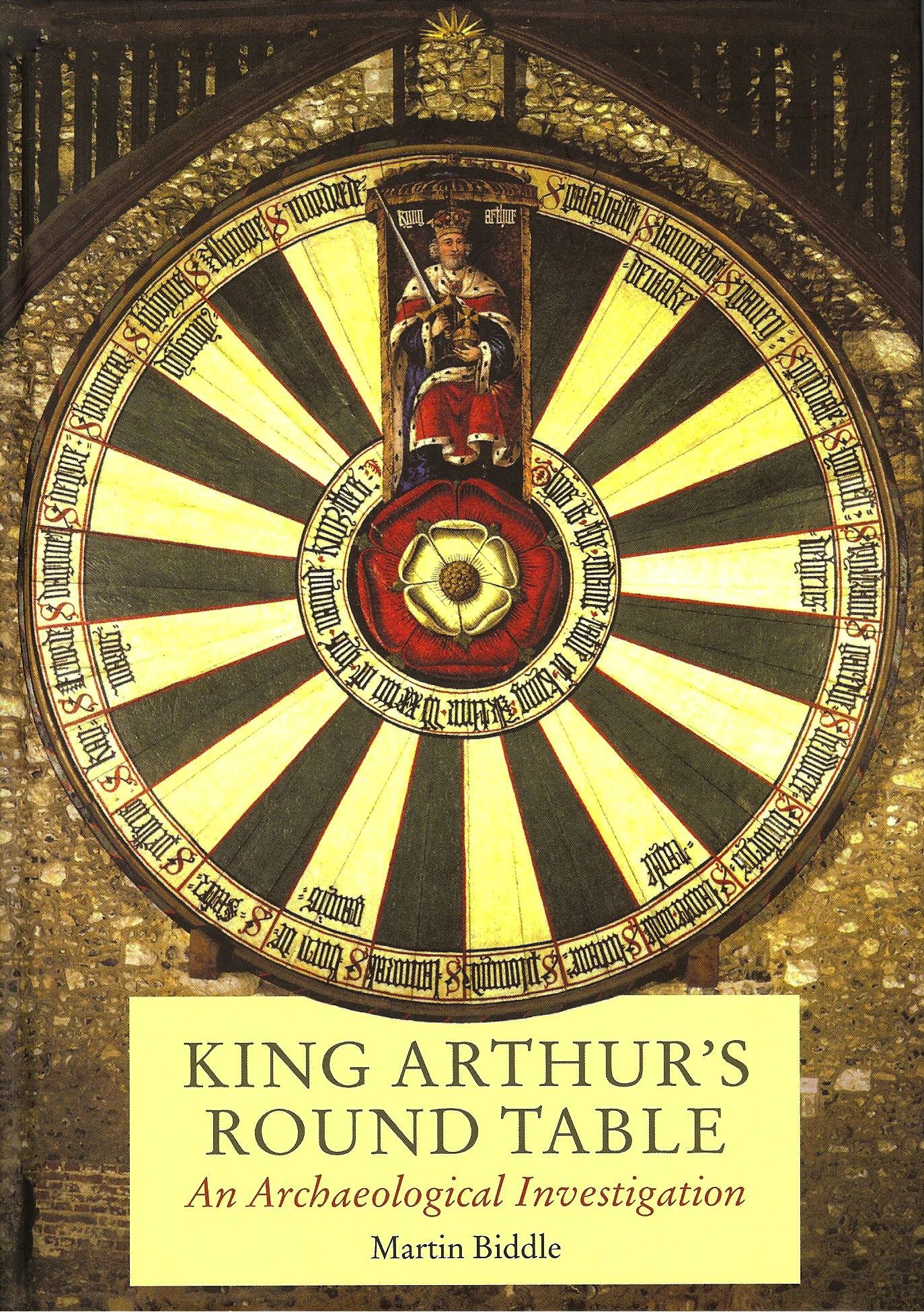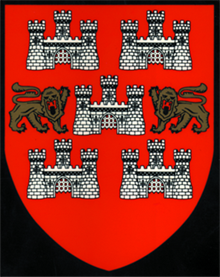
King Arthur’s Round Table: an archaeological investigation
Martin Biddle et al., (Boydell Press, 2000)
The vast wooden disk known as King Arthur’s Round Table has hung on the wall of the great Hall of Winchester Castle for six hundred years. But what is it? Was it ever a table? When was it made? Why is it hanging on the wall? When was it painted with the famous image it now bears? And why at Winchester? In 1976 the Round Table was taken down from the wall and thoroughly examined by a team of historians and scientists assembled by Martin Biddle, and its history began to emerge. Built in the reign of Edward I, it was probably the centrepiece of a feast held at Winchester after a forgotten tournament celebrating marriage plans for the king’s children; Edward III, founder of the Order of the Garter, had the top hung up in the castle hall as a symbol of his interest in the chivalric idea of the company of Arthur’s Round Table; Henry VIII had it painted and used the figure of Arthur to support his claim to be arbiter of European power. This most enigmatic of objects at last yields up these and other secrets to scientific analysis and historical deduction.
Reviews
‘It is doubtful whether any artifact, including the Shroud of Turin, has been more thoroughly examined in the interests of art, literature, history, science, and technology. … Martin Biddle’s forty-year devotion to Winchester Archaeology has culminated in a work of exceptional scholarship that will engross the expert and the common reader.’
Prof. Muriel A. Whitaker, Albion (2002)
‘… a meticulously detailed and accurate archaeological analysis … highly accessible and readable. … Every Arthurian scholar will wish to have a copy of this book close to hand. It does great credit to the authors and the publishers.’
Prof. Greg Waite, The Medieval Review (2002)
‘This magnificent book, the work of eighteen authors with Martin Biddle at the helm … Beyond the Table’s intrinsic interest, the book is an extraordinary tour de force of archaeological, scientific, art-historical and historical collaboration. … What in other hands would have been merely a technical report is made a window on a lost visual world.’
Dr. John Blair, English Historical Review (2003)
‘This book is an absorbing odyssey, providing a wealth of variations on a single theme. One can only admire the skills of the conductor, who has stuck to his last for a quarter of a century, and the professionalism of his team of contributors. They have turned a potentially dry subject into a page-turner.’
Dr. Charles Tracy, Apollo (2002)
